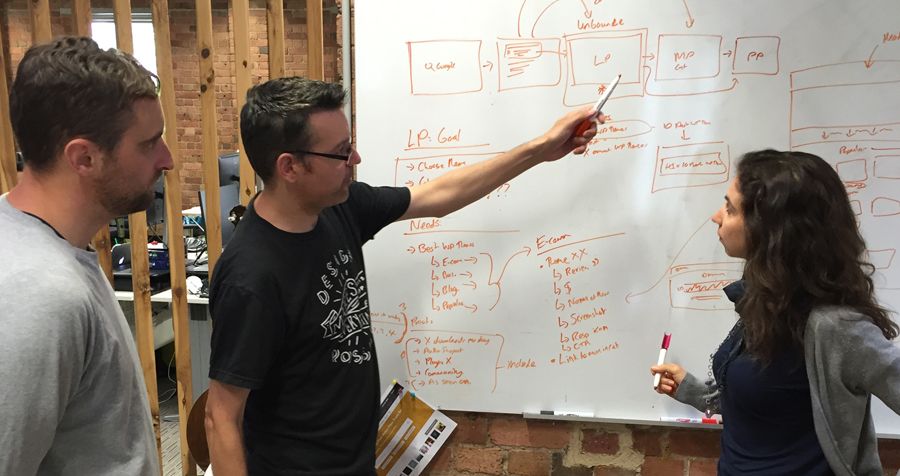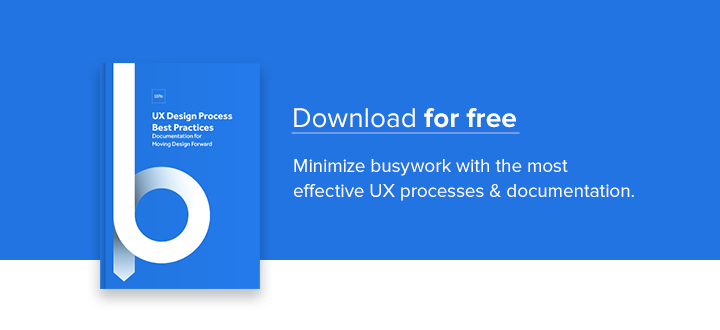Can we really create great work in just 25 minutes?
In my earlier article ‘Quality vs. speed – The death of the designer,’ I talked about the problem designers face in the new digital world: quality versus speed.
We need to switch from quality-first to an approach focused on speed and learning in order to get our ideas into the marketplace sooner. The 25 minute design sprint is a technique I’ve introduced into our design team at Envato to help break the quality habit and to see instant results from working and learning quickly.

The theory is simple, we create short feedback loops in the team to design, measure and learn. We break the quality habit by forcing the designers to work very quickly and focus on what they can learn rather than what they can produce. It’s based on the Pomodoro Technique which uses blocks of 25 minutes followed by five minute breaks to focus attention on getting something done.
The 25 minute design sprint is really easy to do, it’s ideal to use at the start of a project when exploring ideas and concept. It can be used continuously throughout a project, breaking all parts of the design work into 25 minute slices or stopped when you feel you are getting somewhere and have clear direction.
The Process
- Using a timer, set up 25 minutes for the first sprint
- The whole design team then works individually for 25 minutes to create and explore ideas, ideally using sketching first
- I recommend that the 25 minutes includes at least ten minutes of researching and gaining inspiration
- It’s also a good idea to make sure the team sit together so everyone can see what everyone else is doing, this is great for creating inspiration and encouraging competition between designers
- When the sprint ends everyone stops what they are working on (don’t give in to the ‘I just need another five minutes’)
- The whole team then comes together to discuss and share their ideas, this is where we measure success and learn
- The team then decides if each designer needs to persevere (develop their ideas) or pivot (try something different) in the next sprint
- We then take a five minute break away from work
- The sprint process then starts over again
The Results
At first, the results are quite poor. But after the first few sprints, we start to see the benefits of the learning and the collaboration.
The ideas and thinking really start to improve and the concept starts taking shape very quickly. The 25-minute design sprint has some great advantages over the unstructured approach of sit down, get on with it and show me what you have at the end of the day.
- Stops designers hiding in their work, forces them to design in the open
- Encourages collaboration and sharing of ideas
- Gives everyone in the team a voice, allowing them to show their ideas
- Prevents time being wasted crafting the wrong thing
- Quality actually improves as more feedback is created
- Everyone can see how their own input has helped create the end result
- The ‘how we came to the solution’ story can be told to the client
- The incremental development of the concept helps prevent the last minute rush to deliver
- The team starts to work much quicker (even when not sprinting)
Originally posted on Chris Thelwell.
Editor’s Note: For more example-driven advice, check out the free 100+ page ebook UX Design Process Best Practices.


